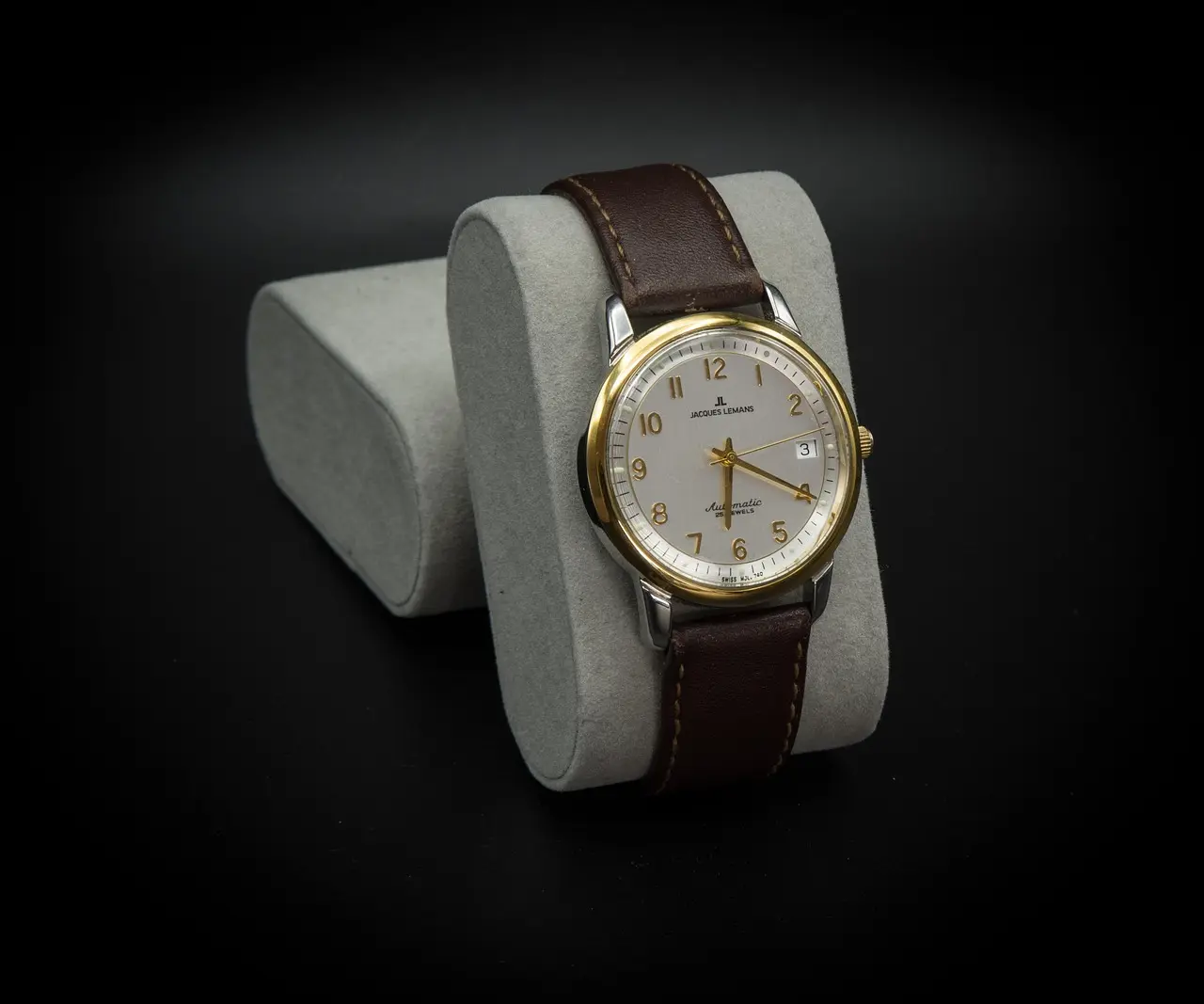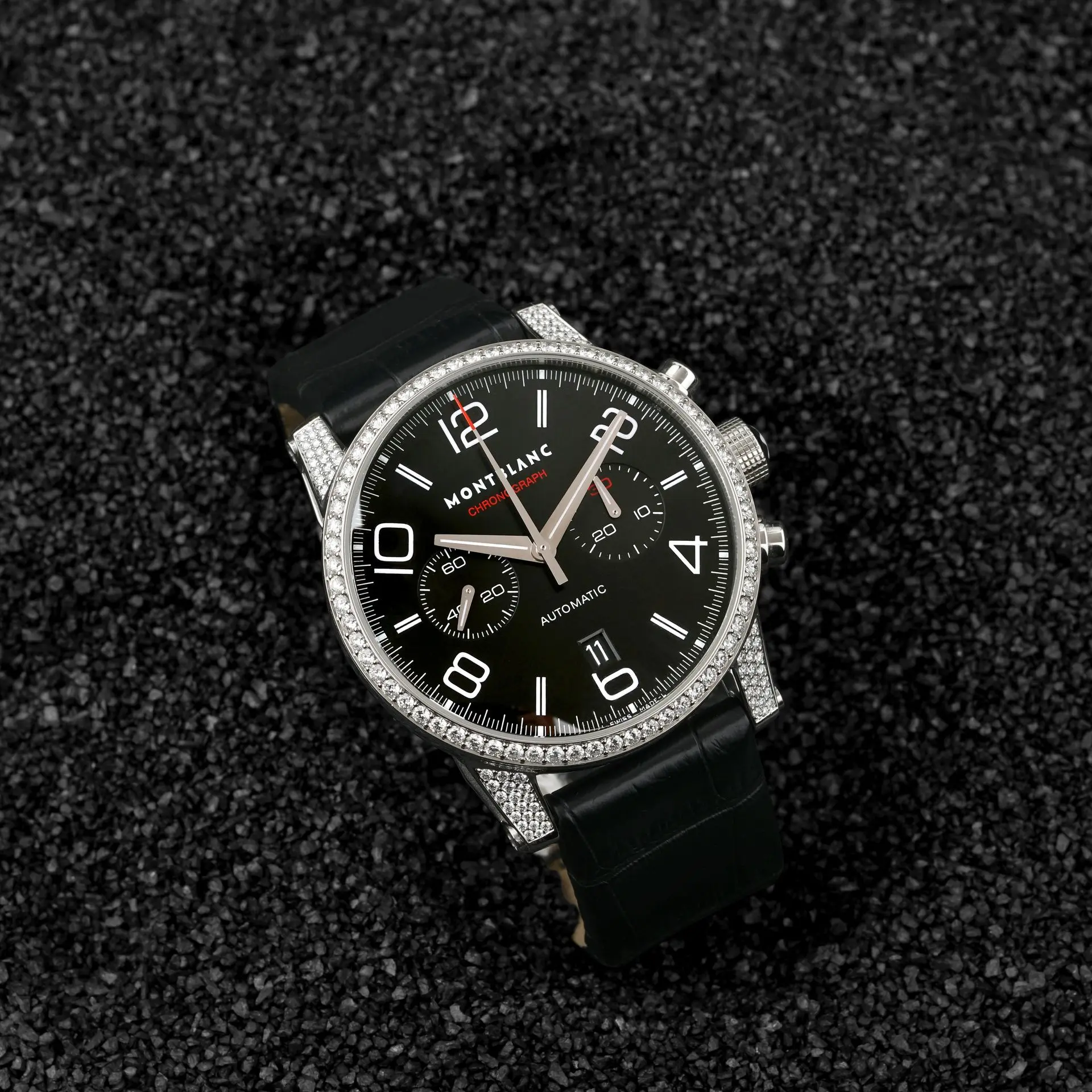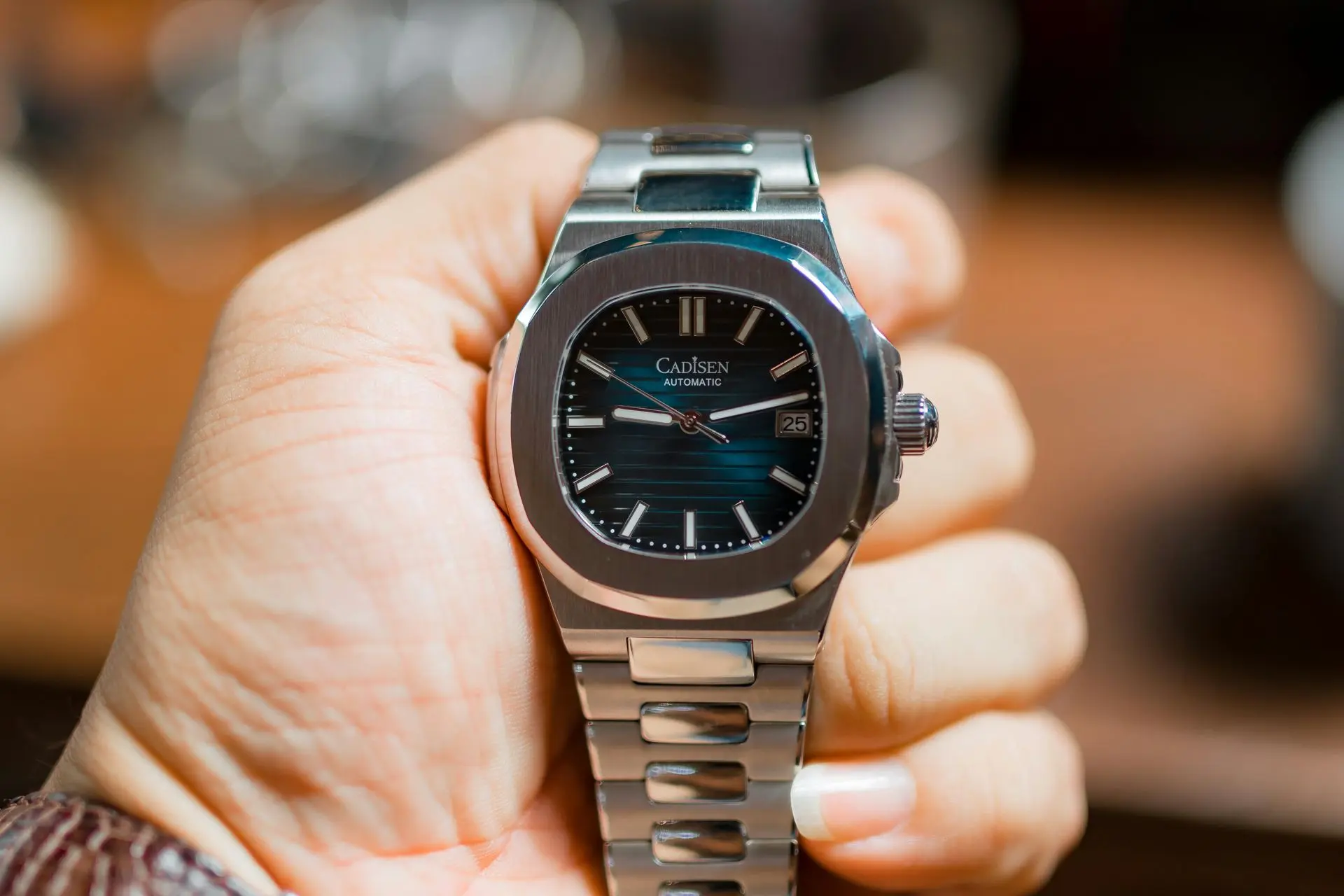The watch escapement is the small, vibrating mechanism that powers your automatic watch. It converts the stored energy into the beat that is timed perfectly to form the steady beat that you are fond of-tick-tock. This is what must not be seen, but must be known to make your timepiece accurate, dependable, and perfectly mechanical, the actuarial heart of your watch.
History of the Watch Escapement
The watch escapement has been developed through the centuries by each generation of trade.
Simple verge escapements were used in clock towers as early as the 13th century. Smaller ones were later constructed to serve pocket watches. The lever escapement was made possible by technological advancements, and it proved to be reliable and efficient for use in daily life.
The 20th century saw the introduction of inventions such as the coaxial escapement, which re-established durability and reduced friction. More recently, accuracy has been enhanced with the use of silicon components.
Modern-day escapements are the product of centuries of progress. Every evolution aimed to stabilize and perfect timekeeping. That history is in every auto watch you have.
What is a Watch Escapement?
The system of control in your watch that controls energy and maintains time is known as a watch escapement. It bridges the gap between the energy stored in the mainspring and the gear train, ensuring that your watch hands move in perfect time.
You may think of the escapement as the heartbeat of your watch. It enables the gears to move in regulated periods instead of spinning freely. Without it, your watch would be chaotic.
The ticking sound is also attributed to the escapement. A single swing of the balance wheel is one tick, and this operates in conjunction with the escapement. The combination of the two determines the accuracy of timekeeping.
Concisely, it is the watch escapement that enables your mechanical or automatic watch to run smoothly, precisely, and beautifully.
How Does a Watch Escapement System Work?
In the case of a watch escapement, to get the idea, imagine the watch as a bridge that transfers stored power to the measured movement.
When your watch is wound, the mainspring holds the energy. This energy is passed through the gear train to the escapement. It is here that the magic is performed. The escapement emits small portions of energy in regulated jolts. These bursts push the balance wheel that swings at a constant rate.
One swing causes the escapement to advance one tooth of the escape wheel—that is the constant beat that you hear. The movement of the balance wheel then returns energy to the escapement, and the process repeats.
It is this very coordination that keeps your watch ticking. This balance is an ongoing contest between strength and compliance. The better designed your escapement, the more stable and precise your watch will be.
The Basic Parts of the Watch Escapement System
The watch escapement mechanism may seem simple; however, it comprises several components that must work in flawless coordination. Any slight misadjustment will alter the timekeeping of your watch.
1. Pallet Fork
This is a small fork-shaped lever that links the escape wheel to the balance wheel. Its two ends, called pallets, lock and unlock the escape wheel teeth in a cyclic manner, regulating the energy flow.
The balance wheel receives impulses from the pallet fork’s fast movement and swings accurately.
2. Escape Wheel
The escape wheel looks like a star-shaped gear. It delivers power gradually, working with the pallet fork. Each release gives the balance wheel a small push—just enough to keep its motion steady and rhythmic.
3. Balance Wheel
The centre of movement is the balance wheel. It is like having a pendulum, and this is how fast or slow your watch will tick. The escapement is released to discharge the following burst of energy on each swing.
4. Impulse Jewel
It is a small jewel that connects the pallet fork to the balance wheel. It reduces friction and facilitates the easy transfer of energy. Its size is small but significant in terms of time accuracy.
These elements interact in a manner that is unending. It is the exactness of this on the part of your watch escapement that lends it its smooth, perfect action.
Types of Watch Escapements Explained
Escapements are not all similar. Over time, watchmakers have developed various versions, each with its own advantages and beauty.
It would be intriguing to discuss the primary categories of watch escapements, both past and present.
1.Lever Escapement
The most common and reliable type of automatic movement in modern watches is the lever escapement. It is precise, stable, and has simple maintenance.
This design has the pallet fork and escape wheel interacting to regulate movement. The lever escapement is very efficient and hence suitable for wristwatches that one uses on a daily basis.
Most automatic watches in the modern world are based on this type of escapement due to its balance between performance and durability.
2. Co-Axial Escapement
The co-axial escapement is an advanced design of the conventional lever escapement, invented by George Daniels and further enhanced by Omega.
It has two escape wheels mounted back-to-back on a common axis, so-called coaxial. This design minimizes the resistance of parts sliding against each other, enhancing efficiency and prolonging service life.
What follows is a smoother movement, increased life duration, and precision. The co-axial escapement is one of the most significant contemporary inventions in watchmaking.
3. Detent Escapement
The detent escapement is a very precise one. It was primarily employed in marine chronometers—machines that required perfect accuracy at sea.
This escapement utilizes direct contact with both the escape wheel and the balance wheel. It reduces friction and energy loss, thereby ensuring very precise results. Nonetheless, it is too sensitive to be worn on the wrist because it is easily interfered with by a minor shock.
Nevertheless, the detent escapement will always be a significant historical element in the history of watchmaking.
4. Escapements of History: Verge, Cylinder, and Duplex
Watchmakers used earlier forms of escapements before modern technology emerged.
- Verge Escapement: This was the original design, which was employed in early pocket watches. It initiated the revolution in mechanical timekeeping, although not entirely accurately.
- Cylinder Escapement: It was smaller and smoother than the verge and was used in 18th-century watches.
- Duplex Escapement: This design transition enhanced accuracy, paving the way for modern systems.
- These designs may be outdated today, but they laid the foundation for the development of watch escapements.
Why Watch Escapement is the “Art of Watchmaking”
The watch escapement is often referred to as the soul of watchmaking. It is where science, craftsmanship, and art meet.
All teeth of the escape wheel, jewels, and balance movement must be in microscopic accordance. One error will disrupt timekeeping. That is why escapement assembly is an art of watchmakers.
Upon looking through an open casing on the back, you will observe the escapement at work, little bits going by with a real, motion picture rhythm. It's mesmerizing. Not a mechanical movement; that is an emotional one. It is a characteristic of human perfectionism.
Escapement is the point where engineering and art converge.
Common Watch Escapement Issues and Maintenance
Although your watch escapement is designed to be precise, it must be maintained to remain accurate. These are the ways that can make it continue to work well.
1. Regular Servicing
Service the watch by a qualified watchmaker every 3-5 years. This maintains lubrication and keeps the escapement running.
2. Avoid Magnetic Fields
Magnetism can affect the balance wheel and your watch’s accuracy. Keep your watch away from strongly electrified objects, such as magnets.
3. Present Shocks
The escapement parts are fragile. Do not drop your watch or expose it to shock that may unbalance the balance wheel or pallet fork.
4. Keep It Clean
The escapement may be slowed down and frayed by dust and dirt. Keep your watch closed and oiled to prevent particles from entering the movement.
By following these steps, your escapement keeps time, and your watch will reward you with perpetual accuracy for years.
Modern Innovations in Escapement Design
Watch escapement today has a balance between centuries of tradition and high technology. We will now discuss what is transforming modern watchmaking.
1. Silicon Escapement Parts
Silicon has replaced traditional elements in modern watches, such as the pallet fork and the escape wheel. Silicon is not heavy, non-magnetic, and does not require lubrication. This also renders it more dependable and durable in comparison to metal components.
2. High-Frequency Movements
Other forms of escapement feature faster beat rates, up to 36,000 beats per hour. This will ensure stability and accuracy even in the case of movement or a change in temperature.
3. Hybrid Escapements
Some luxury brands are attempting to integrate mechanical escapements with electronic regulation systems. Such hybrid models retain old flair and become more precise regarding time.
4. Frictionless Coatings
The wear between the moving parts of the escapement is minimized through the use of new materials and nano-coatings. This results in increased service cycles and increased accuracy in the long term.
The watch escapement has a future that will continue to develop, blending heritage and innovation. Every new innovation is the idea of the watchmaker: to make every second count.
Appreciation the Heartbeat of Your Watch
You wear an automatic watch, and centuries of craftsmanship are on your wrist. What makes it alive is the watch escapement that is inside.
Every tick is a separately designed movement. It is the result of thousands of hours of work by artisans who crafted the mechanical balance. The manner in which the escapement operates will make you appreciate your watch, not just by its appearance.
You are not only wearing a timepiece, but you are wearing a living, breathing mechanism that embodies precision, patience, and passion.
Whenever you glance at your watch, you are gazing at a moving work of art.
Conclusion
The escapement of the watch makes your automatic watch alive and accurate. It is a transformation of stored energy into a heartbeat of accuracy, with every beat of the heart having meaning and harmony. It is a force that is invisible, and it characterizes the art of watchmaking.
At LEITZEIT, we make watches that glorify this mechanical beauty. Our watches are the result of the finest engineering and classic design, giving you precision that endures. Get in touch with us today and feel the pulse of innovation as represented by our superior watches.